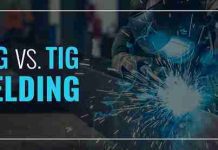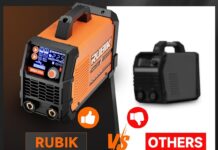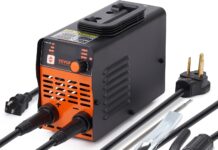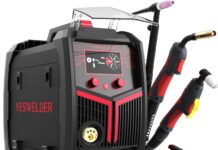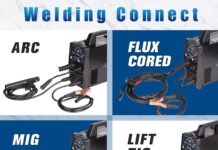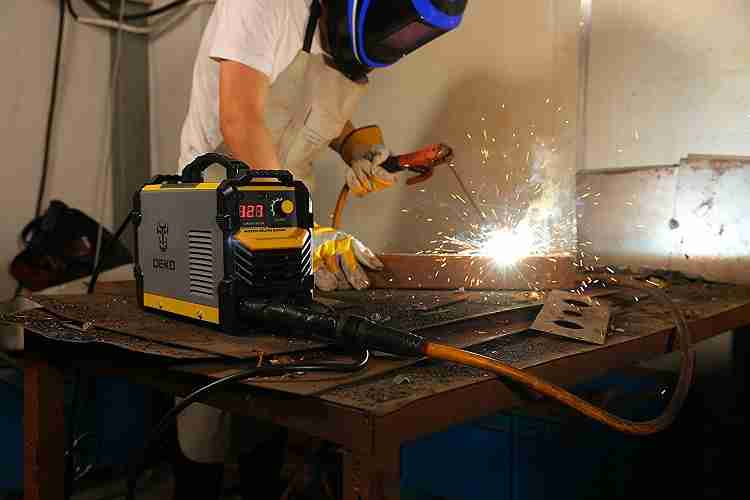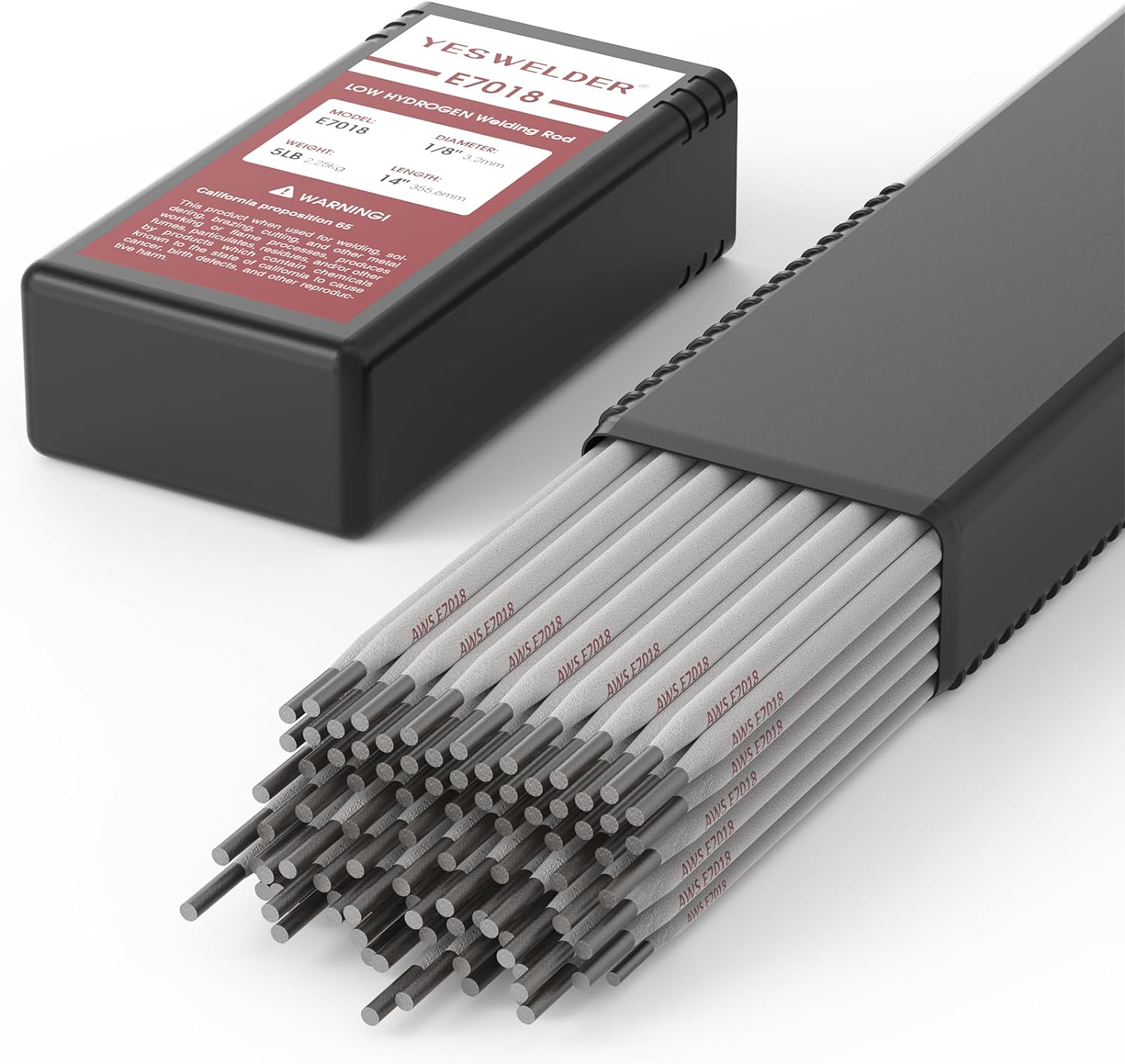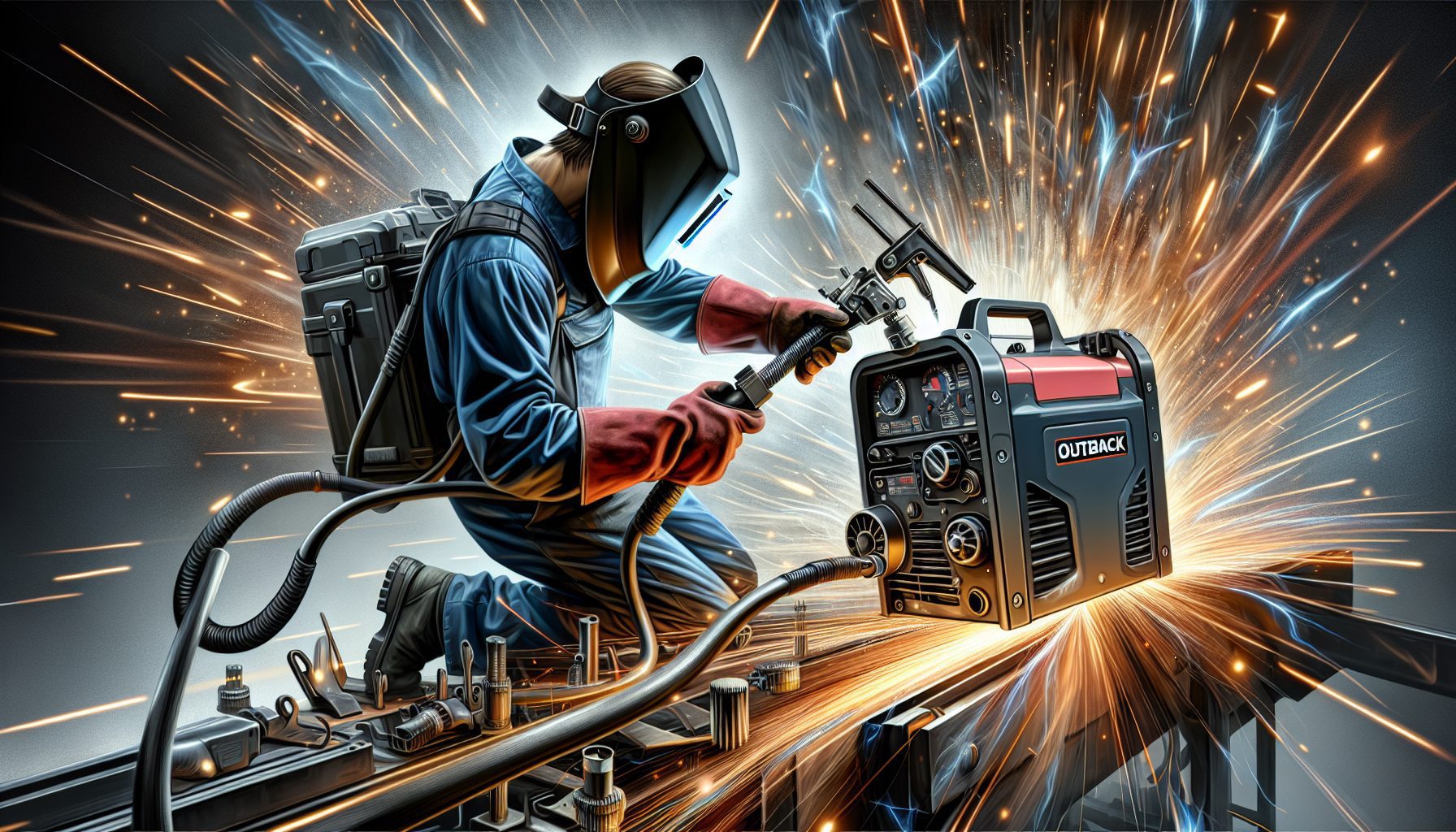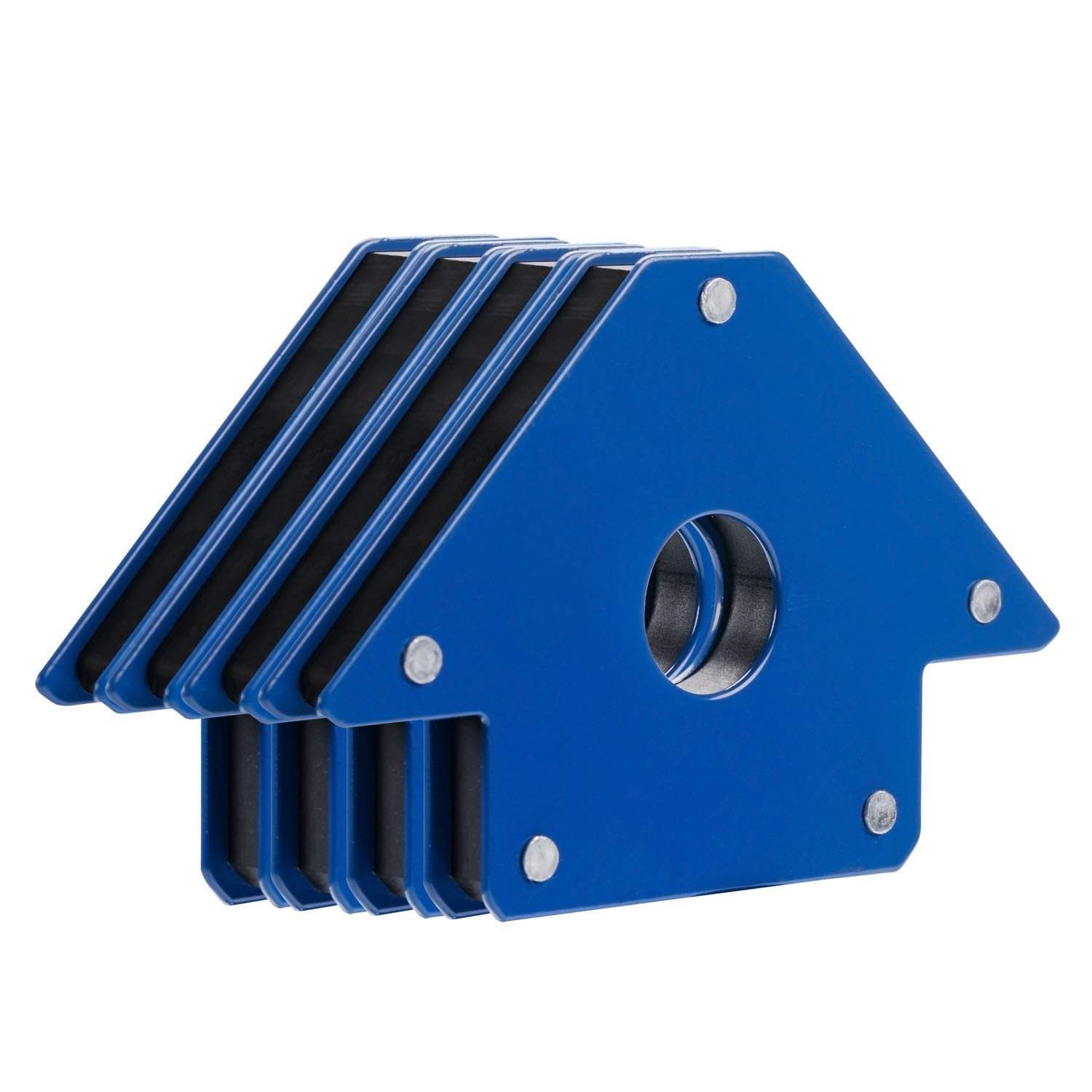In the world of welding, troubleshooting common machine problems is an essential skill that every welder should possess. From faulty wire feed to inconsistent arc, these issues can range from minor inconveniences to major obstacles in completing a welding project. In this article, we will explore some of the most common welding machine problems and provide simple solutions to help you overcome these challenges and continue welding with ease. So, whether you’re a seasoned welder or just starting out, read on to discover how you can troubleshoot common welding machine problems and keep your welding projects running smoothly.
Power Supply Issues
When it comes to welding machines, power supply issues can be a common cause of frustration. If your machine is not receiving the necessary power, it can greatly impact its performance. To troubleshoot power supply issues, start by inspecting the power cord for any visible damage. A frayed or worn-out cord can result in a loss of power or intermittent connection. If you notice any damage, it’s important to replace the power cord immediately to ensure a safe and reliable power supply.
In addition to checking the power cord, it’s crucial to examine all the connections to ensure they are secure and not loose. Loose connections can disrupt the flow of electricity and negatively affect the performance of your welding machine. Take the time to inspect all the connections, including the ones between the power cord and the machine, as well as any junctions or plugs in the power circuit. Tighten any loose connections you find to ensure a solid and uninterrupted power supply.
If the power supply issues persist, it can be helpful to test the power outlet with a different device. Plug in a different electrical device, such as a lamp or a small electronic appliance, and see if it functions properly. If the test device also experiences power supply issues, then the problem may lie with the power outlet itself. In this case, it would be wise to contact a qualified electrician to inspect and repair the outlet to ensure a reliable power source for your welding machine.
Arc Problems
Arc problems are another common issue that can arise with welding machines. A faulty arc can result in poor weld quality and frustrating welding experiences. To troubleshoot arc problems, there are a few key areas to inspect and address.
Start by checking the electrode and work cable connections. Ensure that they are securely connected to the welding machine and the workpiece. Loose connections can cause an inconsistent arc or even complete loss of arc. Tighten the connections if necessary to ensure a reliable flow of electricity.
In some cases, the electrode itself may be the culprit. Inspect the electrode for any visible damage or signs of wear. A damaged or worn-out electrode can result in an unstable arc and poor weld performance. If you notice any issues with the electrode, it’s important to clean or replace it as needed.
Proper shielding gas flow is crucial for a smooth and stable arc. Inspect the shielding gas flow to ensure it is adequate and not obstructed. A clogged or obstructed gas flow can lead to an erratic arc and subpar weld quality. Clean out any obstructions in the gas flow system and ensure a proper and consistent gas flow.
Wire Feed Issues
Wire feed problems can significantly impact the performance of your welding machine. A malfunctioning wire feed system can result in inconsistent feeding, wire jamming, or even a complete loss of wire feed. To troubleshoot wire feed issues, follow these steps.
Start by inspecting the wire feed system for any obstructions. Debris, dust, or accumulated weld spatter can clog the system and prevent smooth wire feeding. Clean out any obstructions that you find to maintain proper wire feed.
Check the wire tension and feed rollers. Improper wire tension or worn-out feed rollers can cause irregular wire feeding and result in poor weld quality. Adjust the wire tension as needed and replace any worn-out feed rollers to ensure a smooth and consistent wire feed.
If the wire drive system components are dirty or worn out, they can also impact the wire feed. Clean or replace the wire drive system components, such as the drive rolls and liners, to maintain an optimal wire feed and prevent any feed-related issues.
Gas Flow Problems
Proper gas flow is crucial for shielding the weld and ensuring high-quality results. Gas flow problems can lead to insufficient shielding, resulting in weld defects and lower weld integrity. To troubleshoot gas flow problems, focus on the following steps.
Begin by inspecting the gas hoses for any leaks or damage. A leaking gas hose can disrupt the gas flow and compromise the quality of your welds. If you find any leaks or damage, it’s important to replace the gas hose promptly to maintain a proper gas flow.
Check the regulator settings and adjustments. Ensure that the gas pressure is set to the recommended level for the specific welding process and material you are working with. Incorrect pressure settings can lead to inadequate shielding gas flow and subpar welds. Adjust the regulator settings if necessary to achieve the desired gas flow.
Clean or replace the gas nozzles and diffusers regularly. These components can accumulate spatter and debris over time, obstructing the gas flow and affecting the quality of the weld. Ensure that the gas nozzles and diffusers are clean and free from any blockages to maintain an optimal gas flow and shielding.
Faulty Welding Circuit
A faulty welding circuit can cause a range of issues, from inconsistent performance to complete machine failure. Troubleshooting a faulty welding circuit involves examining various components and conducting tests to identify and address any problems.
Start by inspecting the circuit board for any visible damage. Look for any burnt or damaged components that may indicate a fault in the circuit board. If you identify any damage, it’s advisable to seek professional assistance or consult the manufacturer for guidance on repairing or replacing the circuit board.
Check the fuses and circuit breakers to ensure they are not blown or tripped. Blown fuses or tripped circuit breakers can interrupt the power supply to the welding machine and result in a loss of functionality. Replace any blown fuses or reset tripped circuit breakers to restore the proper functioning of the welding circuit.
Testing the voltage and current with a multimeter can provide valuable information about the health of the welding circuit. Follow the manufacturer’s instructions or seek professional guidance on how to use a multimeter effectively. By measuring the voltage and current, you can identify any irregularities or deviations that may indicate a fault in the welding circuit.
Overheating
Overheating is a common problem that can occur during prolonged welding sessions or when the machine is subjected to heavy workloads. Excessive heat can negatively affect the performance and lifespan of your welding machine. To troubleshoot overheating issues, consider the following steps.
Inspect the cooling system for any dirt, debris, or blockages. A clogged cooling system can impede airflow and prevent proper heat dissipation. Clean out any dirt or debris and ensure that the cooling system is free from any blockages.
Check for proper ventilation and air flow around the welding machine. Inadequate ventilation can lead to excessive heat buildup and increase the risk of overheating. Ensure that the machine is positioned in an area with sufficient airflow and that there are no obstructions around the cooling vents.
Reduce the duty cycle or increase the cooling capacity if the overheating issue persists. The duty cycle represents the amount of time the welding machine can operate continuously without overheating. If you exceed the duty cycle, it’s important to give the machine ample rest periods to cool down. Alternatively, you can invest in additional cooling capacity, such as external cooling fans or water cooling systems, to enhance the heat dissipation and reduce the risk of overheating.
Inconsistent Weld Bead
An inconsistent weld bead can be frustrating and compromise the integrity of your welds. Troubleshooting this issue involves examining various factors that contribute to weld bead quality and making the necessary adjustments.
Start by checking the polarity of your welding machine. Ensuring that the polarity is correct for the welding process and material you are working with is essential for achieving consistent weld beads. Consult the welding machine’s manual or seek professional guidance to verify and adjust the polarity settings if necessary.
Inspect the wire speed and voltage settings. Incorrect settings can result in inconsistent wire feeding and arc performance, leading to an erratic weld bead. Adjust the wire speed and voltage to achieve the desired weld bead characteristics and ensure a stable welding process.
Cleaning or replacing the contact tip can also help resolve issues with inconsistent weld beads. A dirty or worn-out contact tip can disrupt the wire feeding and negatively impact the weld bead quality. Regularly clean or replace the contact tip to maintain optimal performance and achieve consistent weld beads.
Excessive Spatter
Excessive spatter is a common issue that can occur during the welding process. Spatter refers to the bits of molten metal that splash around during welding and can create a messy and challenging welding environment. To troubleshoot excessive spatter, consider the following steps.
Check the wire type and diameter compatibility with your welding process and material. Using the wrong wire type or diameter can result in excessive spatter. Ensure that you are using the appropriate wire for your application to minimize spatter.
Adjust the wire feed and voltage settings to optimize the welding parameters. Incorrect settings can lead to excessive spatter. Fine-tune the wire feed and voltage to achieve a stable arc and minimize spatter generation.
Ensure proper gas flow and shielding during the welding process. Insufficient shielding gas coverage can contribute to excessive spatter. Verify that your gas flow is appropriate for the welding process and material and that there are no leaks or obstructions in the gas flow system.
Faulty Grounding
A faulty grounding connection can lead to various welding problems, including inconsistent arc, poor weld quality, and even safety risks. Troubleshooting grounding issues is important to ensure a reliable and safe welding operation.
Begin by cleaning the workpiece surface and the ground clamp. A dirty or corroded workpiece surface can disrupt the electrical connection and result in inconsistent performance. Likewise, a dirty or rusty ground clamp can impede the transfer of current and affect the quality of your weld. Clean both surfaces to ensure a clean and solid connection.
Check the ground cable for any damage or looseness. Damaged or compromised ground cables can lead to poor grounding and affect the overall performance of your welding machine. Replace any damaged cables and ensure that the connection is tight and secure to the workpiece.
Ensure a solid connection between the ground clamp and the workpiece. A loose or weak connection can result in ineffective grounding and compromise the quality of your welds. Double-check the connection between the ground clamp and the workpiece to ensure it is secure and providing proper grounding.
Inadequate Penetration
Inadequate penetration can be a frustrating issue, especially when working with thick materials or challenging welding conditions. Troubleshooting inadequate penetration requires careful examination and adjustment of various welding parameters.
Inspect the electrode type and size. Different electrodes have different characteristics and capabilities, including their ability to achieve deep penetration. Ensure that you are using the appropriate electrode type and size for your welding application to achieve the desired penetration.
Adjust the welding parameters for the desired penetration. Factors such as voltage, amperage, and travel speed can all influence the penetration depth. Experiment with different settings to find the optimal combination that achieves the desired penetration while maintaining proper weld quality.
If working with thicker materials, consider using preheating techniques to promote better penetration. Preheating involves heating the base metal before welding to improve its weldability and facilitate deeper penetration. Research the appropriate preheating techniques for your specific materials and follow recommended guidelines to enhance the penetration in challenging situations.
By addressing and troubleshooting these common welding machine problems, you can enhance the performance and reliability of your welding machine. Remember to follow safety guidelines while troubleshooting and always seek professional assistance or consult the manufacturer if you encounter any difficulties or uncertainties.



